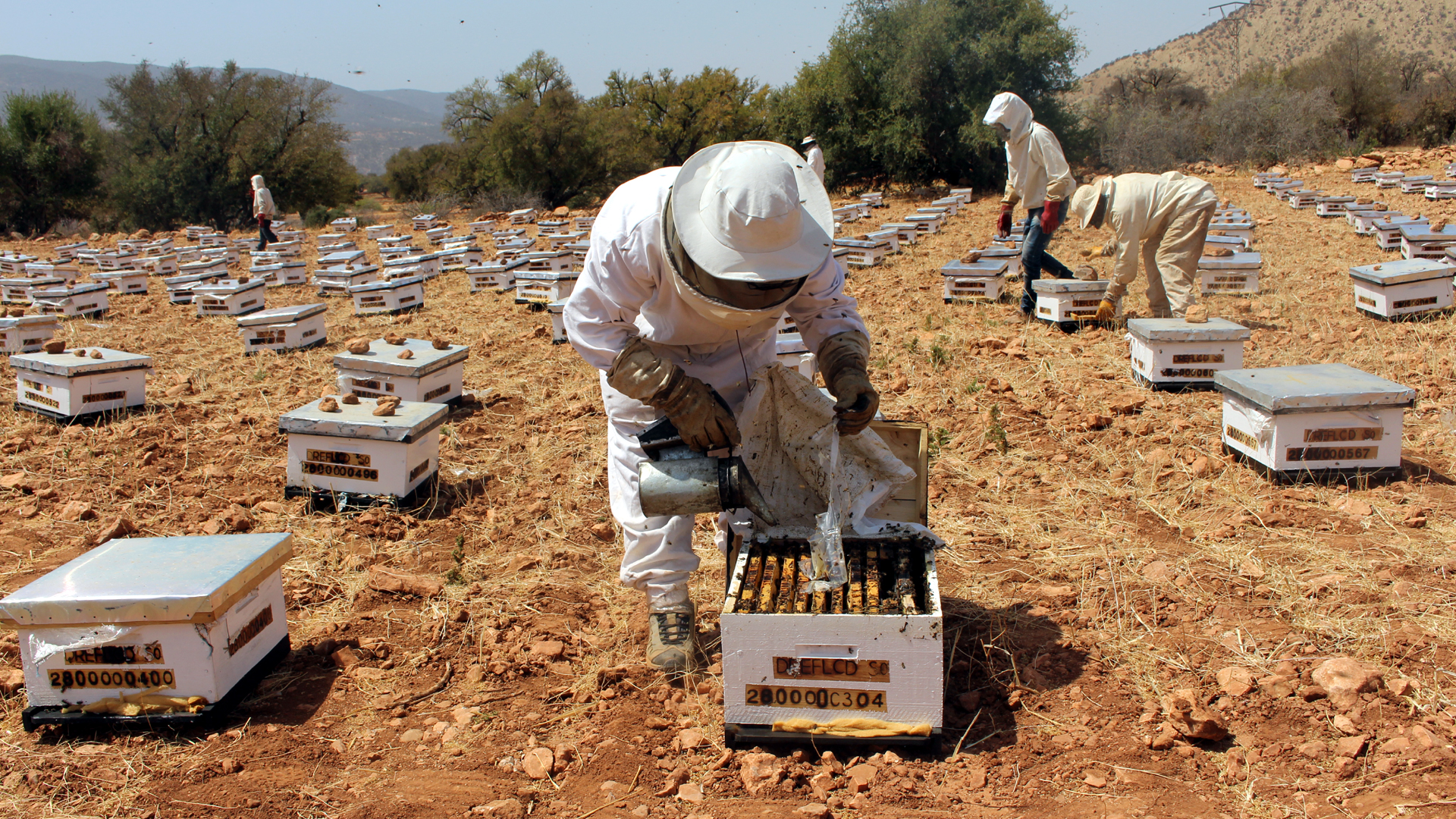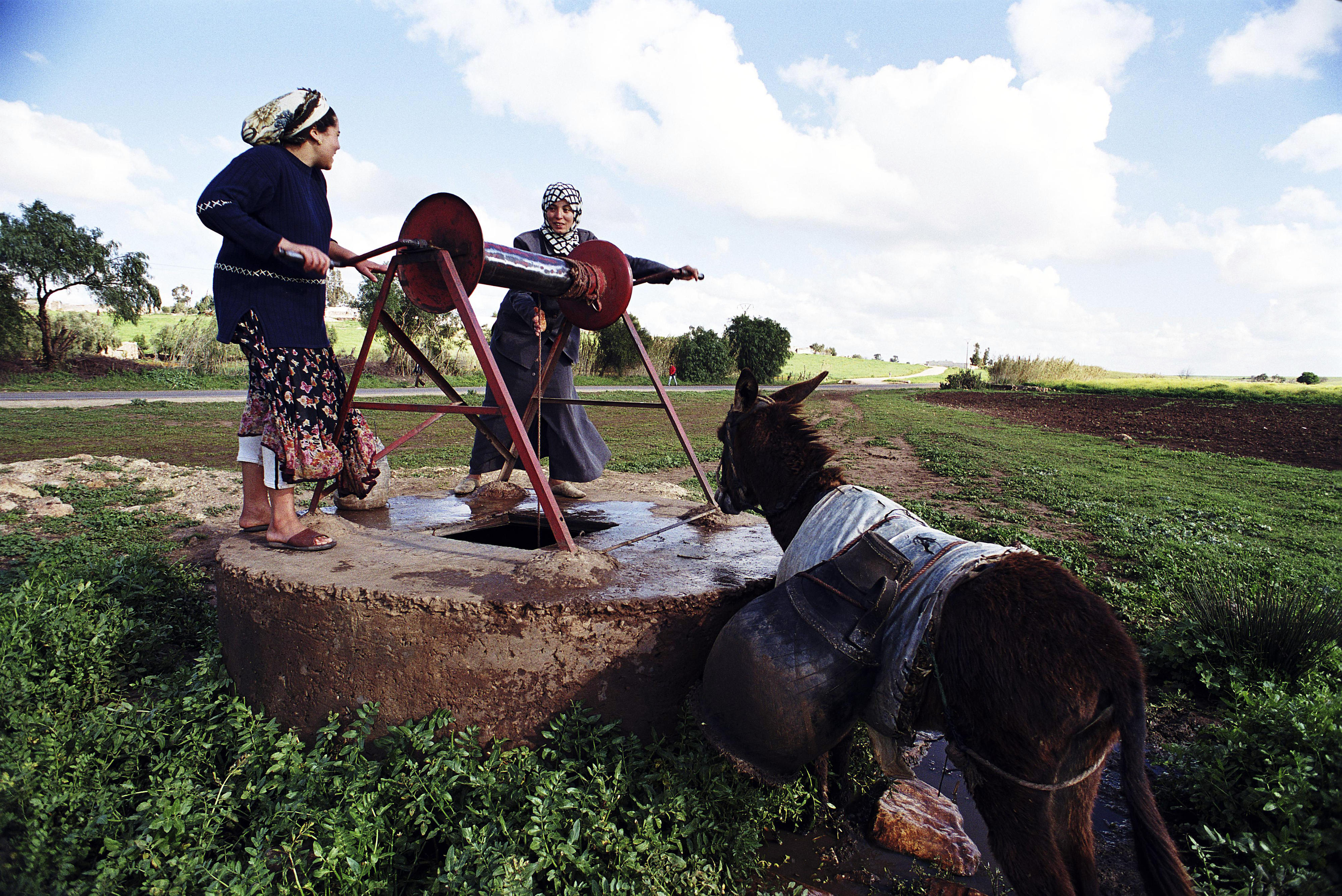Beekeepers have formed a cooperative.
Copyright© Said Nhaili
Social situation Gap between urban and rural areas
Yet there is still a huge gap between the rich and the poor, and between different regions of the country. This gap has grown even bigger as a consequence of the COVID-19 pandemic. In rural regions in particular, there is much poorer access to education and health services of a reasonable quality than in urban areas. This especially affects girls and women. Roughly one quarter of the population over the age of 15 is not able to read and write adequately. One woman out of every three is illiterate.
On the current Human Development Index (HDI) published by the United Nations Development Programme (UNDP), Morocco therefore ranks only 120th out of 193 countries, which is significantly behind other countries in the region (Algeria: 96, Egypt: 100, Tunisia: 105, Libya: 115).
Focus on social protection
The public health system, especially in rural areas, is not at all well supplied with equipment and staff. In the course of the COVID-19 pandemic, the deficits in healthcare and social protection became very obvious. King Mohammed VI therefore announced in the summer of 2020 that establishing a comprehensive social protection system would be one of the most important tasks for the government. The new system is meant to comprise general health insurance, retirement insurance, unemployment insurance and family benefits. The first step will be to extend the general health insurance system so that all population groups are covered, also for example all those working in the informal sector.
The situation of women
Women are fetching water from a well in Morocco.
Although gender equality is enshrined in Morocco’s constitution and some first efforts were also made to ensure it when family legislation was amended in 2004, in the Global Gender Gap Report issued by the World Economic Forum, which analyses gender equality in the fields of politics, the economy, education and health, Morocco was only 136th out of 146 countries in 2022. The social reality is that women are inadequately protected against domestic violence and, for example, are still very much at a disadvantage with regard to property and inheritance laws. Their chances of getting a training place or a job are also limited compared with men who have the same level of education. This is because of continuing social and cultural restrictions. As a result, only about 22 per cent of women are currently gainfully employed.
Nevertheless, there is an active women’s rights lobby in Morocco that is campaigning for complete gender equality. King Mohammed VI has also repeatedly pushed for women’s rights to be realised. One aim of the Moroccan government’s development strategy therefore is also to significantly increase the economic participation of women and double the share of women who are gainfully employed by 2035.
As at: 10/03/2023

